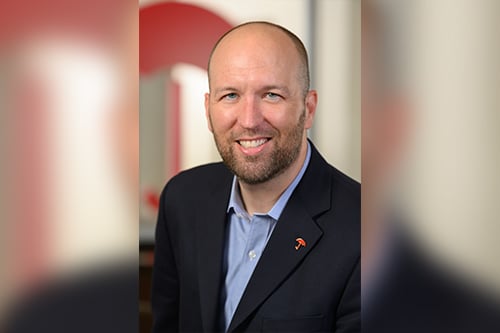

The first few months of the year are filled with resolution making and breaking, but one goal that non-profits can stick to is doing an insurance audit.
“The start of the year provides an opportunity for non-profits to revisit their insurance portfolios in conjunction with their agent and broker,” said Patrick Baker (pictured), non-profit D&O product manager at Travelers, “and address any potential changes or updates, or look at gaps in their coverage due to not purchasing certain coverages or looking at adding endorsements or enhancements that may be available to existing policies that weren’t available in the past.”
With the help of an agent or broker, non-profit leaders should ask themselves whether their services or programs have changed and, if so, how their insurance coverages should be updated to reflect those developments. If they’ve added services, does the coverage that they currently buy extend to those services? If they’ve eliminated services, are there things they can do to make sure that their insurance coverage responds appropriately to that change?
Additionally, non-profits should consider if they’ve added any new paid employees and what impact that might have on their HR procedures and policies. Alternatively, are they using volunteers in different ways, such as dealing directly with the public? In the management liability space, non-profits need to consider the last time benefits plans were reviewed, and determine whether they offer plans that could present a fiduciary liability exposure.
With all of this already in mind, Baker explains that one of the most important things for non-profits is thinking about how an organization has grown over time from a financial perspective and whether its assets have increased, as well as how the non-profit’s board composition has changed.
“Oftentimes, an insured will purchase management liability D&O and similar coverages when they’re formed, and that limit gets carried forward year over year and the organization hasn’t stopped to think about whether that limit kept pace with those organizational changes,” said Baker, adding, “through a D&O lens, if they’re getting a grant from a certain foundation or organization to provide certain services, they also want to make sure that they have their policies and procedures in a row, and that they have a D&O policy in place to deal with any potential exposures that could arise from accepting money from that foundation.”
Outside of the organization’s four walls, there are other emerging risks non-profits need to take into account in their coverage, such as cyber. This is a top of mind risk for both insurers and their insureds more broadly speaking, especially as the number of ransomware attacks has shot up over prior years, as have social engineering scams. Non-profits should be thinking about potential losses from these exposures and, in turn, if and how their crime or cyber coverage would respond to an incident.
If a non-profit organization puts off reviewing their insurance coverage, they might be in for an unpleasant surprise when they need to file a claim down the road.
“They may be uninsured for a loss for something that they could have potentially had insurance coverage for,” Baker told Insurance Business. “So, the insurance audit is important, but it’s also a chance for the organization to take a look at what services they’re providing in general, and make sure that the policies and procedures they have around a lot of those services are up to date.”
